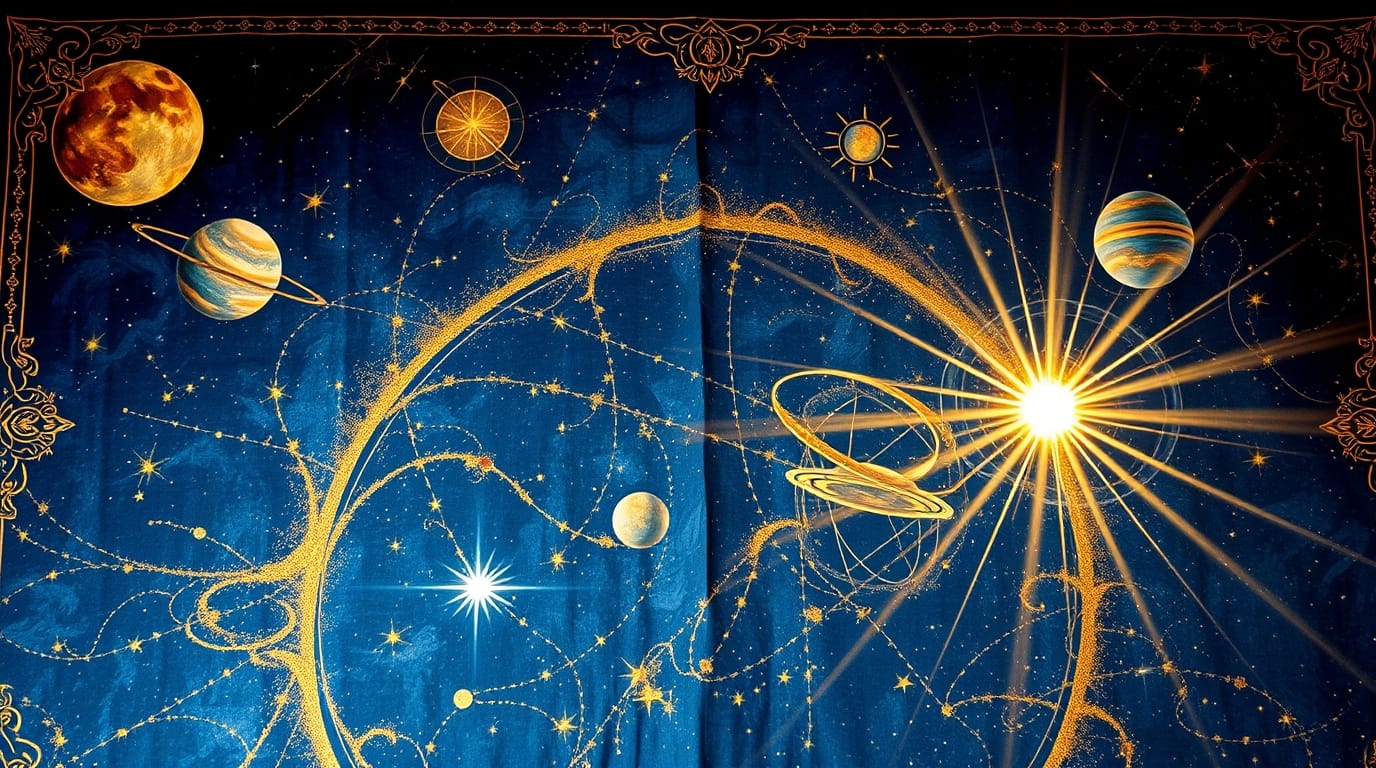The Divine Plan
The Divine Plan: Order, Meaning, and Evolution Across Traditions
The Divine Plan: Order, Meaning, and Evolution Across Traditions

In esotericism, the Divine Plan is the idea that existence unfolds according to an overarching pattern of intelligence and purpose. It is not random or arbitrary but guided by a higher order—whether named Logos, Providence, Dharma, or Universal Mind. From this perspective, the Plan is both transcendent and immanent: transcendent in that it originates beyond human design, and immanent in that it manifests through the evolution of nature, consciousness, and culture.
From a scientific or academic standpoint, the closest equivalent is the recognition of cosmic order and emergent complexity. Physics describes laws that govern matter and energy; biology reveals self-organizing systems that evolve toward higher complexity; systems theory explores how wholes exceed the sum of parts. While science does not claim a conscious “plan,” it acknowledges underlying regularities and directional tendencies that resemble what spiritual traditions intuited as purposeful design.
The intuition of a higher plan is ancient:
Across these lineages, the Plan shifts from mythic narratives to metaphysical systems, yet always carries the same intuition: that life is not chaos but ordered movement toward realization.
Modern science, when read not as dogma but as lens, offers striking parallels:
While science stops short of positing a conscious designer, the convergence of order, emergence, and increasing complexity mirrors what traditions describe as the unfolding of a greater plan.
Taken together, esoteric and scientific perspectives suggest not opposition but complementarity. The Divine Plan may be seen as:
Both point toward an understanding that existence is neither meaningless chaos nor rigidly predetermined destiny. Rather, it is an unfolding field of possibilities guided by underlying order—whether named “law,” “plan,” or “pattern.”
To contemplate the Divine Plan is not to claim certainty about its exact form but to live with awareness of order and meaning at play in the world. Esoteric traditions remind us of humanity’s role in cooperating with this unfolding, while science offers tools to observe its mechanisms. Taken together, they encourage humility, responsibility, and wonder.
Perhaps the most fruitful stance is to see ourselves as participants in a living cosmos, where plan and freedom coexist, and where inquiry itself—scientific and spiritual alike—becomes part of the unfolding order.
Your link has expired. Please request a new one.
Your link has expired. Please request a new one.
Your link has expired. Please request a new one.
Great! You've successfully signed up.
Great! You've successfully signed up.
Welcome back! You've successfully signed in.
Success! You now have access to additional content.